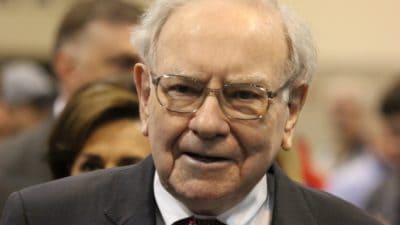Pharmaceutical giant GlaxoSmithKline (LSE: GSK) (NYSE: GSK.US) paid out £3.7bn in dividends to shareholders last year, and returned a further £1.5bn through its share buyback programme.
Glaxo’s size and its 4.7% yield make it one of the most popular income stocks in the FTSE 100. However, the pharma giant spends nearly £4bn each year on research and development, and has high debt levels — leaving me wondering just how safe its dividend really is.
To find out more, I’ve taken a look at three of Glaxo’s key financial ratios — the kind of numbers used by credit rating agencies to assess lending risk:
1. Operating profit/interest
What we’re looking for here is a ratio of at least 1.5, preferably over 2, to show that Glaxo’s earnings cover its interest payments with room to spare:
Operating profit/interest paid
£7,028m / £749m = 9.3 times cover
Glaxo’s interest costs are covered more than nine times by its earnings, which is reassuring, given the very high level of debt employed by this firm.
On the face of it, Glaxo’s dividend should be safe, but it’s worth noting that Glaxo spent a total of £6,200m on dividends, share buybacks and interest payments last year. If interest rates rose and operating profit fell, then the firm’s buyback and dividend policy could rapidly become unaffordable.
 2. Debt/equity ratio
2. Debt/equity ratio
Commonly referred to as gearing, this is simply the ratio of debt to shareholder equity, or book value (total assets – total liabilities). I tend to use net debt, as companies often maintain large cash balances that can be used to reduce debt if necessary.
Glaxo’s net debt is £12.7bn, while its equity is £7.8bn, giving net gearing of 162%, which I think is uncomfortably high. However, Glaxo’s net debt peaked in 2012, and fell by around £1.5bn in 2013. Assuming the firm’s strong cash flow generation continues, further reductions should be possible this year.
3. Operating profit/sales
This ratio is usually known as operating margin and is useful measure of a company’s profitability.
Glaxo’s operating margin was 26.5% in 2013, down from 27.6% in 2012. I’m not too concerned about this decline, as the firm’s margin has historically varied from year to year. However, it’s worth monitoring for any signs of further falls — if Glaxo cannot sustain its high margins, then its debt levels could become a serious concern.







